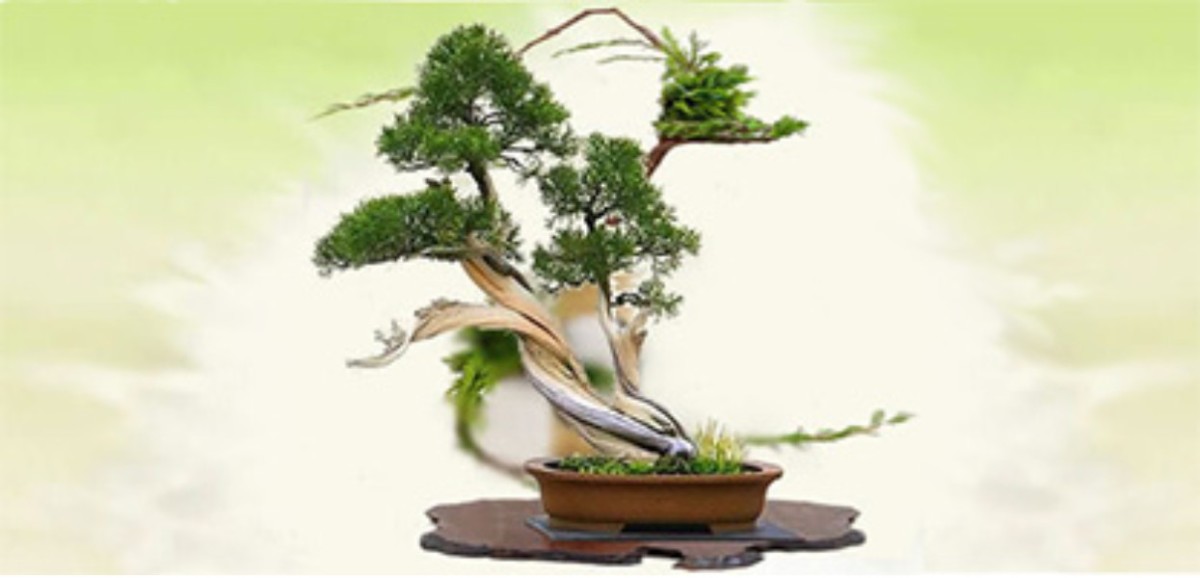Common name: Java Moss, Christmas Moss, Dubious Bladder Moss, Mini Moss, Singapore Moss, Triangular Moss, Willow Moss
Family: Hypnaceae
Synonymous: Vesicularia dubyana
Distribution and habitat: Taxiphyllum barbieri is a moss native to Southeast Asia. In its moist tropical climates it grows on the ground, on tree trunks and rocks, often on banks of periodically flooded rivers. In the wild this species is often found growing in association with Microsorum pteropus.
Description: Taxiphyllum barbieri is the most common of the mosses used in aquariums. It is a delicate moss with small branched stems. Branching is irregular and covered with rows of tiny overlapping oval-shaped leaves 2mm long. The elongated bright green leaves of the submerged forms of Taxiphyllum barbieri are much smaller than those that grow on land. It has no true roots, instead absorbing nutrients primarily through its leaves and stems. It will grow free floating or will send out rhizoids to attach itself to rocks, decorations, driftwood, as well as gravel or sand. However, these rhizoids do not absorb nutrients as roots do. The only purpose they serve is to attach the plant to an object.
Care: This moss can be allowed to float, weighed down to a gravel substrate where it will eventually attach itself or affixed to wood or rock or wrapped around wood or rock to which it will become attached, growing on almost any surface. It does not require soil.
His growing rate is slow to moderate. It is quite easy to grow as it is a hardy plant, tolerating and growing in a wide range of water conditions after a period of acclimatisation. Regular trimming will help to keep it in shape. It has no special requirements.
In aquariums it should be planted where there is good water current because debris gets stuck on it easily giving a brown fuzzy appearance to this hardy moss. Also, Taxiphyllum barbieri grown on the bottom of the tank is prone to collecting debris, which can be unsightly and even damaging to the plant if large amounts build up. To clean the moss, remove it from the tank and rinse it well in water. Do not worry about being too rough with it, as Taxiphyllum barbieri is quite sturdy.
Light: This plant is undemanding as far as lighting is concerned, doing well in both high and low light. In high light, the plant will grow dense and lush while in low light, the plant will be darker and lankier.
Water: It accepts all kind of waters, even weakly brackish. Soft, acid water is the ideal.
Temperature: It grows best at 21 to 24C (70-75F), but can live in temperatures of up to 29 to 32C (85-90F).
However, too warmer water temperature tend to slow the growth of this moss.
Fetilization: While CO2 and fertilisation will enhance growth rates, this moss will prosper without them as well. To promote deep, healthy green color, iron fertilisation with a commercial liquid fertiliser is recommended.
Propagation: Java moss can be easily propagated via division. Pull clumps from the parent mass and attach them to their new location with nylon line or cotton thread or by placing small pebble on top of it. Within a few weeks the moss will attach itself to the objectsending out rhizoids and grow out covering the thread. As it grows it will spread both horizontally and vertically in rows, often forming dense tufts of heavy growth. As it grows it should be trimmed to keep a good shape and promote further growth. Pieces that are trimmed can be used to start new plants.
Problems: The main problem with Taxiphyllum barbieri may be the algae growth. Once algae begins growing in the moss, it is almost impossible to remove and the entire plant has to be discarded. The best way to avoid algae growth is to avoid excessive light and keep the water clean.
Taxiphyllum barbierican overwhelm filters or clog the fountain if it is not thinned out occasionally.
Uses:Taxiphyllum barbieri is commonly used in freshwater aquariums. It attaches to rocks, roots and driftwood. Also, it can be used in coldwater aquariums and is ideal for breeding tanks.Taxiphyllum barbieri is very useful for softening the harsh effect of tank furnishing, giving them an aged, timeless appearance. Even it can cover the filter entirely, converting it into an attractive feature in aquarium.
Due to its clinging natureTaxiphyllum barbieri can also be transformed into a moss wall. This can be accomplished by folding a net and spreading the moss evenly across it. Then, the net can be secured together by polyester strings, and held on the aquarium wall by using suction cups. It is a slow starter until it has established itself.
It makes a good mid or foreground plant. It is especially popular among aquarists raising fry (baby fish) and tadpoles, to protect them from cannibalistic adults.
Taxiphyllum barbieriis suitable for both aquariums and vivariums or paludariums. Can be used in pond or fountains.
Summary:
Height: to 10cm (4 inches)
Width: to 10cm (4 inches)
Growth Rate: Slow to Medium
Placement: Mid and Foreground
Lighting Needs: Low to Bright
Temperature: 15 to 32C (59-90F)
Hardiness zones: 6a-11
pH: 5.5 to 8.0
Hardness: to 20 dGH
Begonia propagation f...
Essential Nutrients f...
Portulacaria afra
Tillandsia recurvata
Tillandsia stricta
Columnea microphylla
Clivia miniata
Cleyera japonica
Clerodendrum thomsoni...
Cleistocactus strausi...



